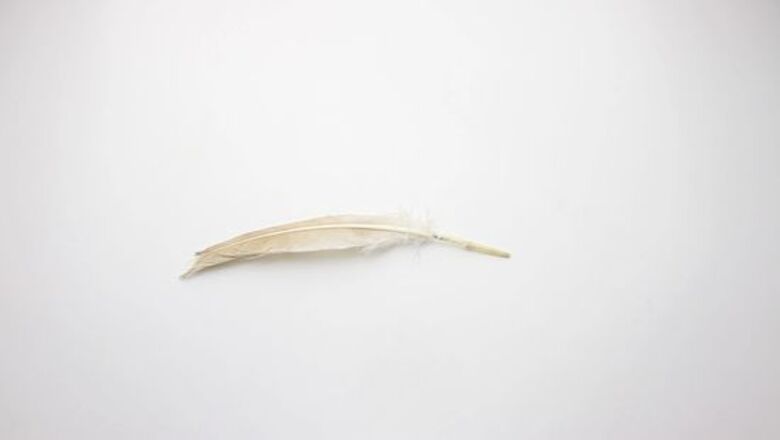
views
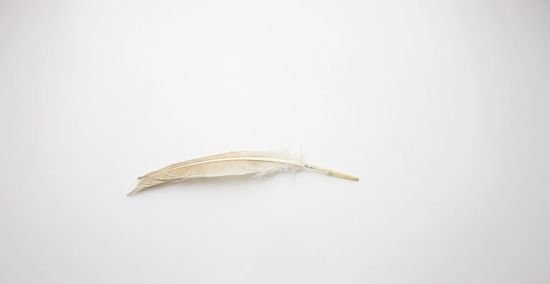
Find your feather. You can use just any feather that fits comfortably in your hand (i.e. like a pencil), but a long tail feather is best. You'll want a feather with a not too thin shaft, and one that is long.
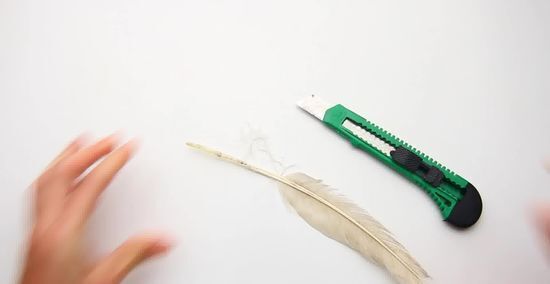
Shave off the fibers closest to where the fibers end. You may leave them if you prefer, but this makes it easier to work with and easier to hold.
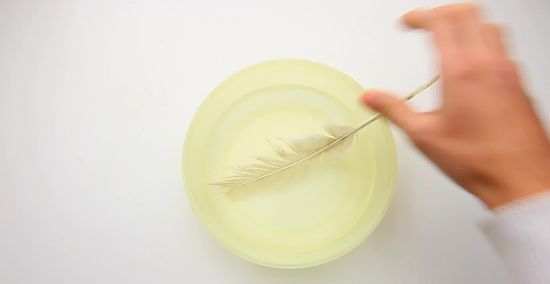
Leave your feather in water overnight. This is optional, but makes it soft and more easily bent, you will see why later.
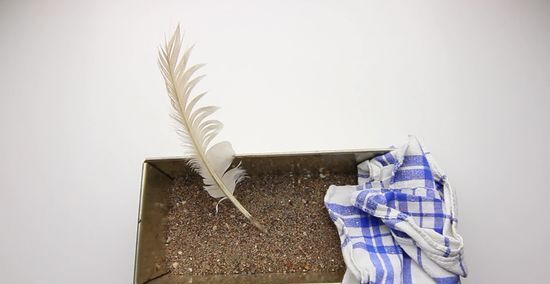
Heat some sand to 350 °F (177 °C) and leave the feather in the sand, on a heat-proof surface, until cool. This, too, is optional; it hardens the feather so you don't have to resharpen it as often.
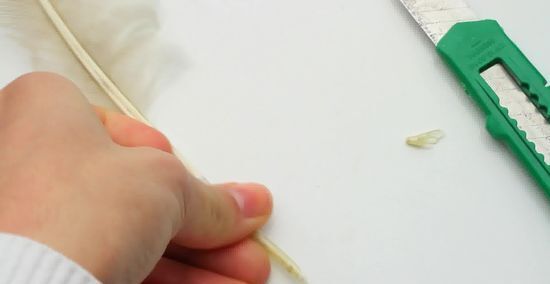
Cut your feather at forty-five degrees then make a cut that is opposite the first one at about five degrees (Steepen if necessary). This cut should make two horns. Note: The following prioritizes step three if it isn't done yet!
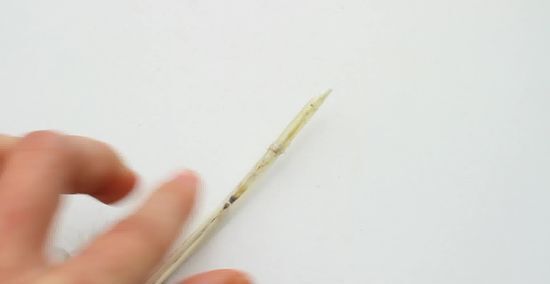
Bend the two horns together. This should create a cracking sound and a pretty central slit at the horns.
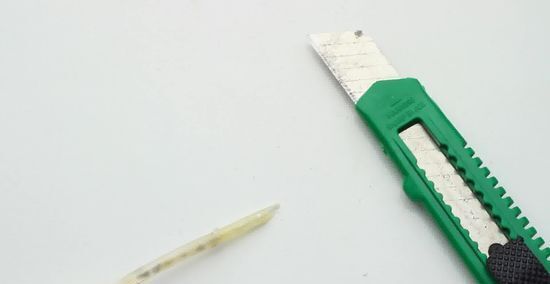
Shave off the horns to a not-really-pointy-or-flat point so you don't splatter ink.
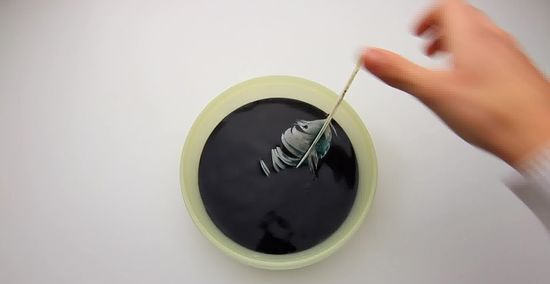
If you want to, you can dye the feather by mixing a hair dye in a clear plastic tub, repeatedly dipping the end of the feather into the dye and gently working through before washing.

Finished.

















Comments
0 comment